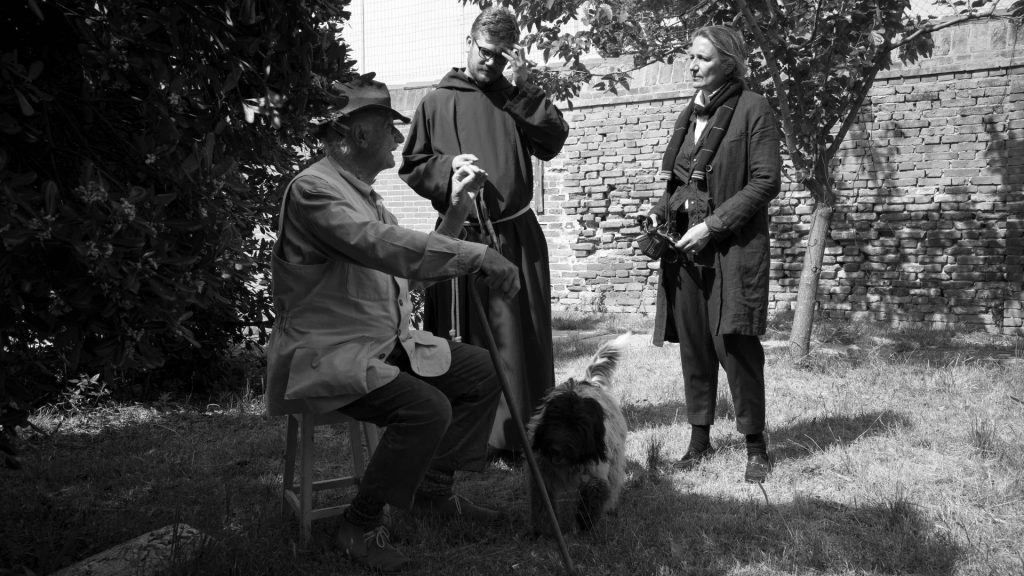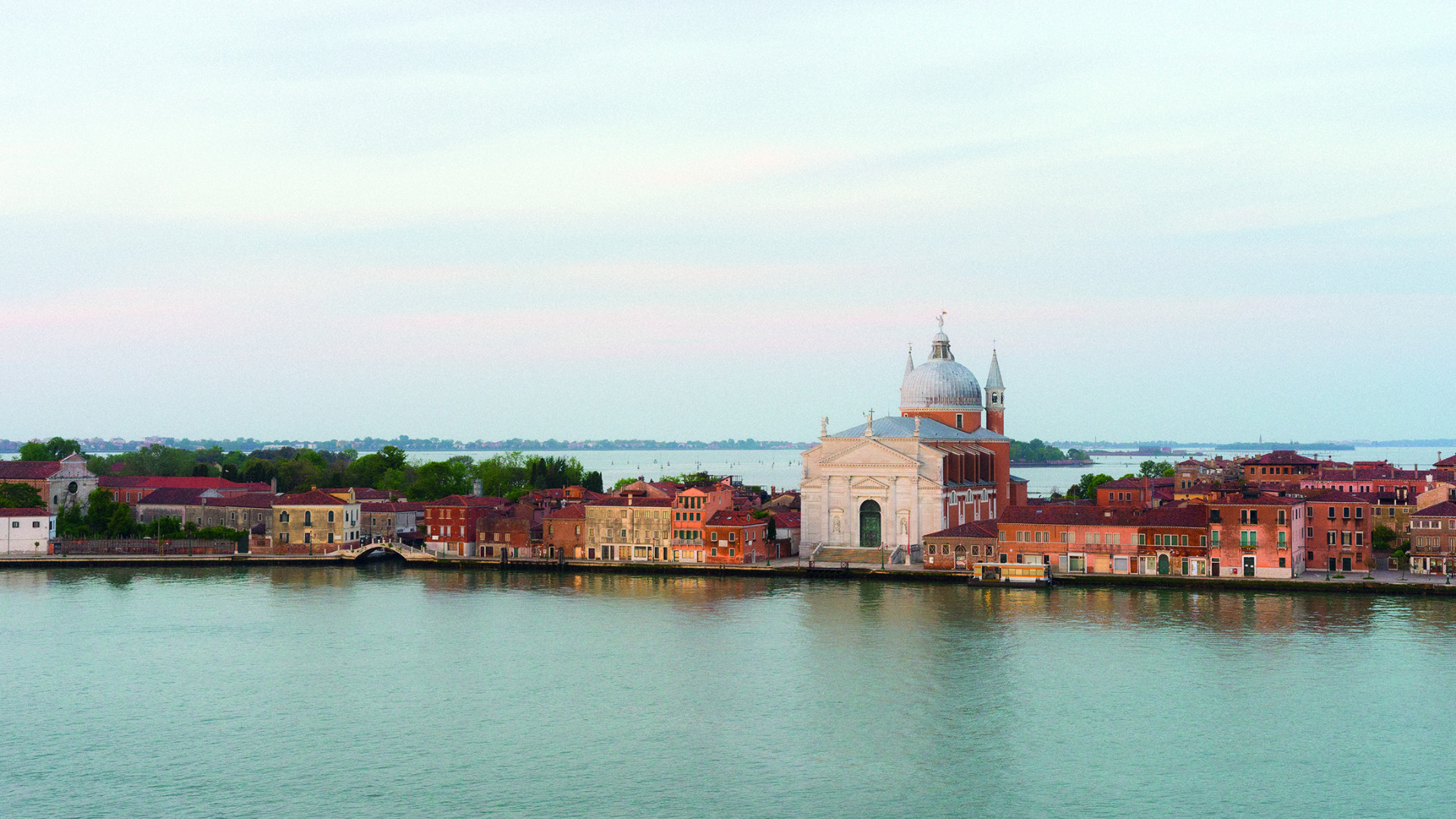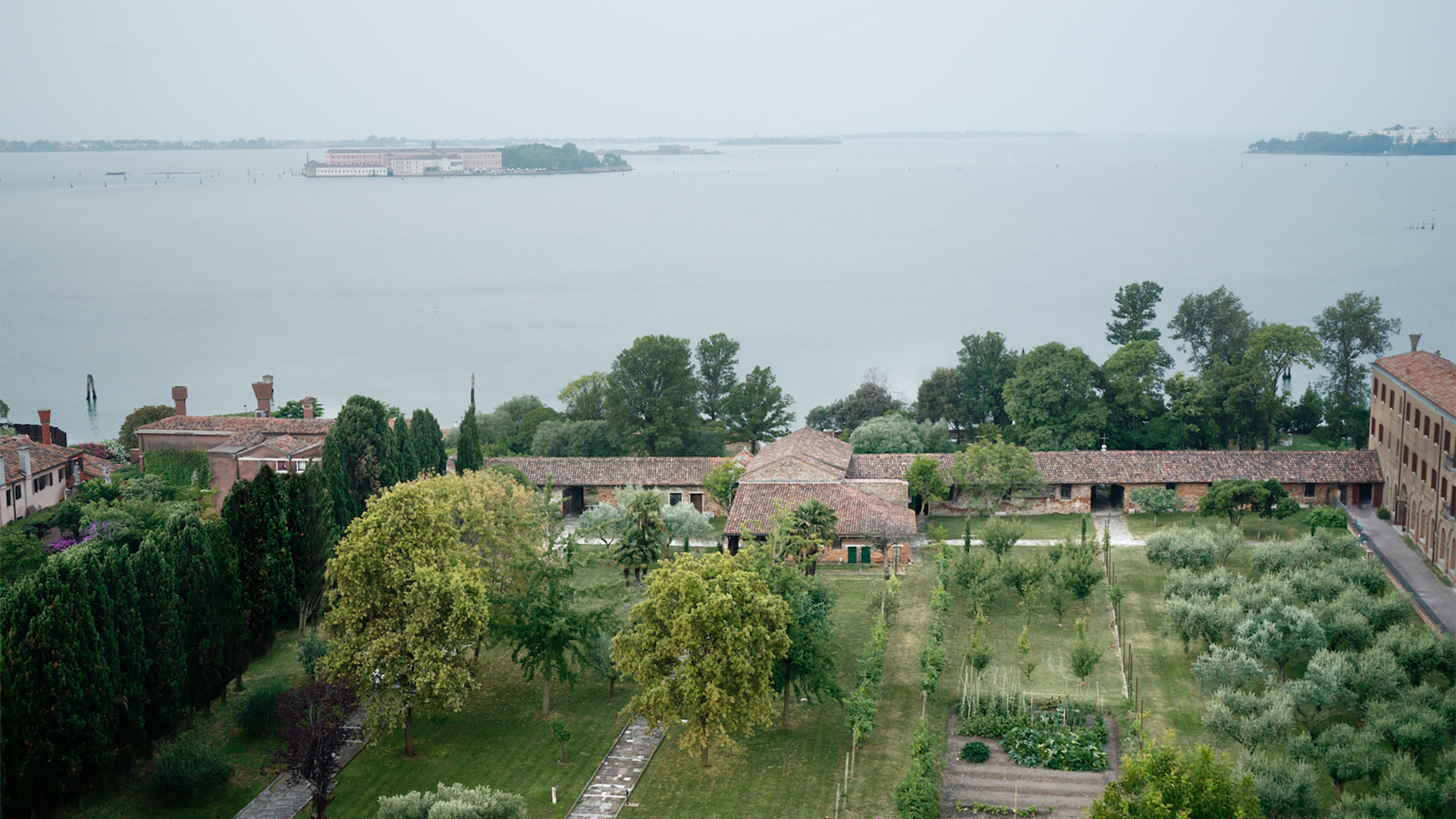
81. Venice Film Festival

80. Venice Film Festival

79. Venice Film Festival

The Biennale Arte Guide
Foreigners Everywhere

The Biennale Architecture Guide
The Laboratory of the Future

The Biennale Arte Guide
Il latte dei sogni

A few days ago, works began to consolidate the courtyard, the orchard, the chapels, the ancient workshops, the greenhouse, and the apiary at the Convent by the Redentore Church at Giudecca.
Once again, it is Venice Gardens Foundation to take care of this important overhaul, which will donate new public spaces to the city of Venice. Adele Re Rebaudengo chairs the foundation, and wanted to share with us her enthusiastic dreams for a place as special as the In Venetia Hortus Redemptoris – an oasis of peace, open to the world under the care of Franciscan friars.
The Redentore – another piece of Venice opening back to the city
There’s multiple reasons we chose to work on the Redentore. First, the courtyard is so meaningful to this amazing place, which I have been seeing and looking at for months. In fact, it stands right opposite my office at the Foundation, and the boat I occasionally take to the south bank of the Giudecca passes right by it. A third way I like to enjoy the sight of the garden is in my dreams. I feel a connection to it. Like the friars say, it is a piece of paradise on earth.

Its story
The Redentore compound takes up just over two acres of land, cutting the Giudecca Island north to south, and was founded by the Republic of Venice and Pope Gregory XIII as a tangible token of gratitude and rebirth after the plague of 1575-1577. The Orchard provides fruit, officinal herbs, flowers to adorn the church… it has always been a source of economic profit as well as a place for solace and prayer. We are looking forward to opening the garden to the public, albeit in a reduced, regulated fashion, so as not to interfere with monastic life. Nevertheless, it will be a special chance for visitors to understand how this is historical place is still lived and used today, after 500 years of history.

How works will be carried out
The Compound has never been opened to the public, bar a few rare instances, and is now worn down by time. The flood of 2019 caused great damage, too. To prevent the Compound to be lost for good, The Capucine Friars entrusted it to Venice Garden Foundation, in accord with the Holy See and the Superintendent to Fine Arts. Our goals are restoration, upkeeping, farming, and opening to the public. Our landscape architect is Paolo Pejrone, while buildings will be taken care of by architect Alessandra Raso, who is an expert in historical renovations and upkeeping. We are looking forward to opening to the public in September 2024.
The Gardens will be ready first, then the Chapel, which will be assigned back to its original function, than the antiche officine, the workshops, which will be turned into a library and a reception house, which is in line with the friars’ spirit of openness and welcome. It will look like a proper monastery’s dining hall. The ritual of a meal consumed in commonality is an essential part of Franciscan spirit. It opens to the Lagoon on the south side, and will be furnished with simple, essential kitchenware. The Greenhouse will also conform to those values of industriousness and patience, as will the apiary.

Your former project, the Giardini Reali, and the Redentore
The two gardens are opposite one another. They have a relation, though are different in their peculiarities. One was the garden of a royal house and an emperor, a veritable court yard for the loisir of the powerful. The other is the expression of a different form of power, the spiritual power, with a connotation of peace. We shouldn’t forget that Venice used to be awash with gardens and orchards, as attested in art by Jacopo de’ Barbari and Giovanni Merlo. There are still many, today, though often secluded, like the Eden at Giudecca. Maybe we should reconsider any idea we may have about Venice being a city of stone and water. There’s plenty green around. To recognize this element would allow us to understand how strong it influenced the social, communitarian role that a garden can have in a city. Today, the Giardini Reali acquired formal prestige, botanical diversity, and are central in the life of the city. They are a place for meeting, a place of nature, and a place of respect. For us, this is our most cherished accomplishment.

The best public garden of 2022
We are very grateful to architect Paolo Pjerone, who had the amazing idea of uniting two visions in one design: the Italian garden, with rigorous, geometric partitions, and the English Garden, where nature grows boundless. There’s freedom in each of them. A garden must be listened to, understood, respected, taken care of, nourished, and protected. It is endless work that each day generates new young life. They key to it all is no secret, even if we often forget about it: the harmony between nature and human beings.